Technologies
Rumored Google Products We’re Still Waiting to See in 2023
Google announced several new gadgets at I/O, but we haven’t yet seen the Pixel 8 or new Pixel Buds.
Advertiser Disclosure
Google announced a ton of new gadgets and services at its I/O developers conference, from the Pixel Fold to the Pixel Tablet, Android 14 and more AI features for its search engine. But if Google’s history is anything to judge by, there are likely still more devices to come later this year.
The most significant product we didn’t hear about at Google I/O was the expected Pixel 8 lineup, which would serve as Google’s answer to the rumored iPhone 15 and Samsung’s Galaxy S23 family. We also didn’t hear much about the Pixel Watch at I/O, although the company typically introduces its new mobile products in the fall timeframe. There’s also a chance Google could say more about the mixed reality platform it’s developing in partnership with Samsung and Qualcomm.
While Google largely laid out the vision for its approach to new products at I/O, its fall Pixel event is where we get a closer look at how the company is executing on that approach through fresh hardware. Here’s a look at what we’ll be watching for later this year based on rumors and the company’s previous product launches.
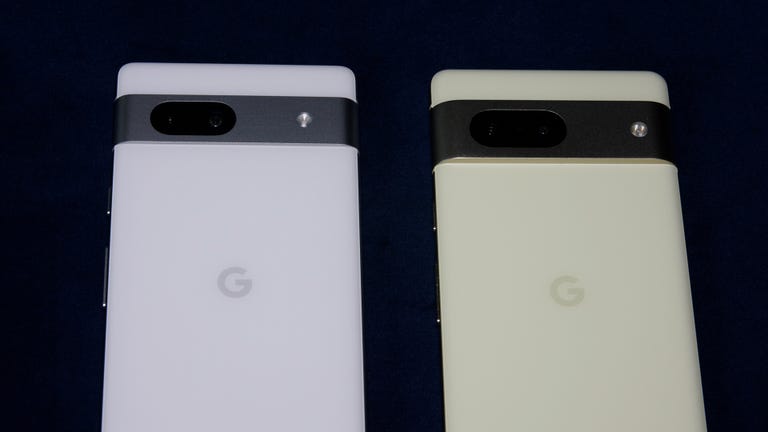
04:48
Pixel 8 and 8 Pro
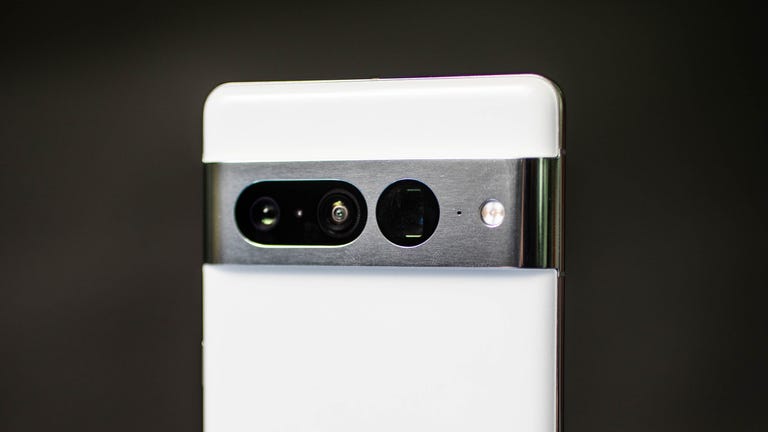
Google typically releases new flagship Pixel phones in the fall, and we’re expecting the company to follow that same pattern in 2023. We won’t know what’s in store for Google’s Pixel 8 and 8 Pro until it announces those devices.
However, Google’s updates have been very camera-centric in recent years, with the Pixel 7 lineup gaining improved zoom and the Pixel 7 Pro receiving a new macro photography mode. With the Pixel 6 and 6 Pro, which were the first Pixels to run on Google’s Tensor chips, we saw new features like Magic Eraser, Face Unblur and Real Tone. With that in mind, it wouldn’t be surprising to see Google push the camera even further on the Pixel 8 and 8 Pro, although we won’t know exactly what that looks like just yet. Both phones will also likely have a new Tensor processor, too.
Leaks have been scarce so far, but there have been a few reports claiming to provide details about Google’s next pair of Pixels. The most recent comes from leaker Kuba Wojciechowski, who shared a video with the blog 91mobiles claiming to show the Pixel 8 Pro. The video suggests the phone will have a thermometer for measuring body temperature. WinFuture reports the new phones will run on Android 14 and have 12GB of RAM. Well-known gadget leaker Steve Hemmerstoffer also partnered with blogs MySmartPrice and SmartPrix to publish what are said to be renderings of the Pixel 8 and Pixel 8 Pro.
Pixel Watch 2
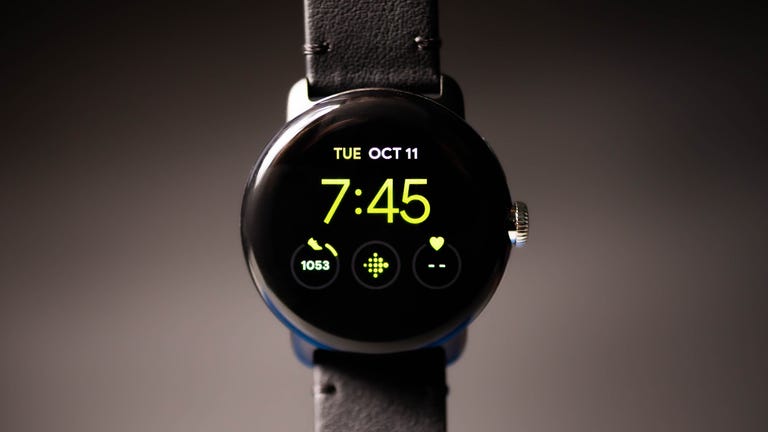
Google hasn’t discussed plans for future Pixel Watches, nor have there been many leaks or rumors about what’s next for Google’s smartwatch. But since Google’s Pixel phones follow a yearly cadence — as do the Pixel Watch’s biggest competitors like the Apple Watch and Samsung Galaxy Watch — it wouldn’t be surprising to see the Pixel Watch follow suit. Blog 9to5Google also reports that Google is indeed planning to announce a new Pixel Watch in the fall alongside the Pixel 8 lineup.
Based on Google’s current direction for the Pixel Watch, we can probably expect to see the same round design on its sequel. The latest version of Wear OS will also likely make an appearance. I’m also hoping to see longer battery life and a few extra health and fitness-tracking features, such as auto-workout detection.
Mixed reality platform
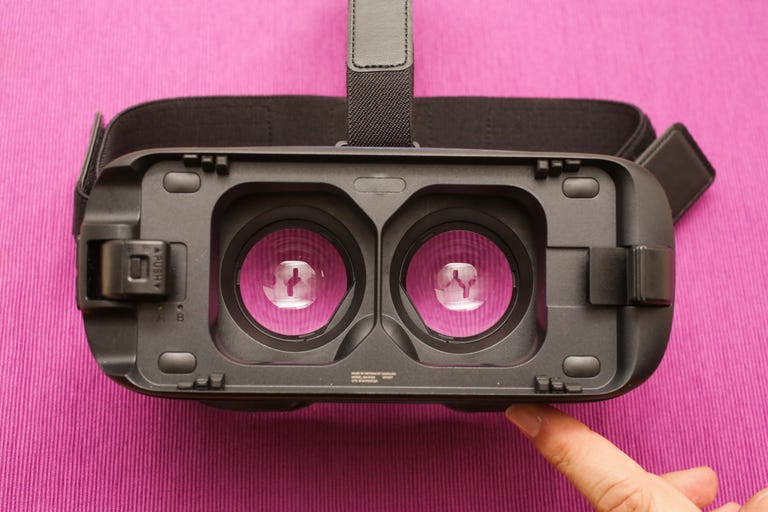
The Samsung Gear VR headset pictured above launched 2015. At its Unpacked event, the company announced that it’s partnering with Google and Qualcomm on a new mixed-reality initiative.
Google, Samsung and Qualcomm have teamed up on a new mixed reality platform, as Samsung announced in February. However, we haven’t heard much about it since then.
«We’re working towards a new generation of computing enabled by immersive experiences across brand new form factors that will further elevate what you can do with Google,» Hiroshi Lockheimer, Google’s senior vice president of platforms and ecosystems, said on stage at Samsung’s event.
Neither company has revealed details about the partnership yet, meaning it’s still unclear what types of products will result from the collaboration or what the software will look like. TM Roh, the head of Samsung’s mobile division, described the announcement as a «declarative» moment showing the company’s commitment to building an XR ecosystem when speaking with CNET in February.
But Sameer Samat, Google’s vice president of product management for Android, said during I/O 2023 that the company will share more about its «immersive XR» partnership later this year. The announcement also comes as Apple is expected to reveal its first mixed reality headset during its Worldwide Developers Conference, which starts on June 5.
New Pixel Buds A-Series

It’s been a while since Google released a new pair of Pixel Buds. If the company does have a new pair of wireless earbuds in its 2023 roadmap, there’s a chance we could hear about them in the fall. Google’s $99 Pixel Buds A-Series are particularly due for a refresh since the company hasn’t released a new version since June 2021, aside from new color options. Amazon just launched a new budget-friendly version of its Echo Buds that are competitively priced at just $50, giving Google more rivalry in the market for cheaper wireless earbuds space. While we haven’t heard many rumors yet, we’re hoping Google addresses some of our criticisms of the current Pixel Buds A-Series, such as their lack of volume touch controls.
Fitbit Charge 6
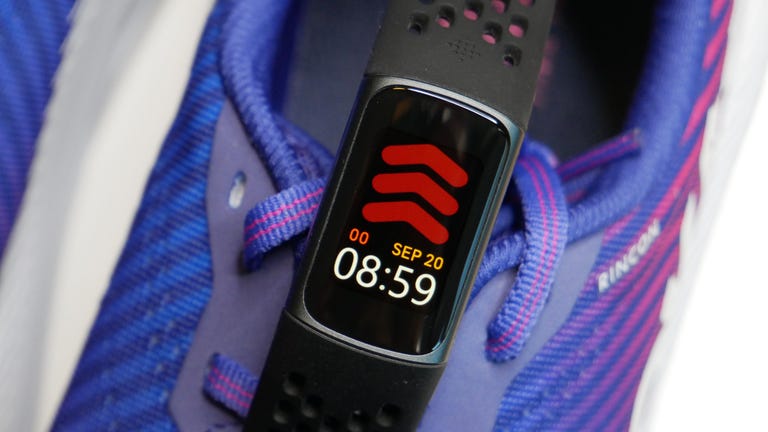
Google’s Fitbit brand also typically releases new products in the late summer or early fall. One of the major updates we’re expecting this year is the Fitbit Charge 6, considering the Fitbit Charge 5 launched in 2021. Fitbit’s next main fitness tracker will look nearly identical to the Charge 5, according to 9to5Google. It also wouldn’t be surprising to see the Charge 6 inherit some features from the Sense 2, such as Google Wallet support and the ability to continuously monitor for signs of stress throughout the day.
If the rumors prove accurate and Google maintains its previous product launch patterns, the fall could be a major moment for the company’s wearables division. As the fall gets closer, we’ll also get a better sense of how Google’s new devices compare to those from Samsung and Apple. Samsung usually releases new foldable phones and wearables in the August time frame, while Apple typically debuts new iPhones and Apple Watches in September.
Technologies
Today’s NYT Strands Hints, Answers and Help for Nov. 28 #635
Here are hints and answers for the NYT Strands puzzle for Nov. 28, No. 635.
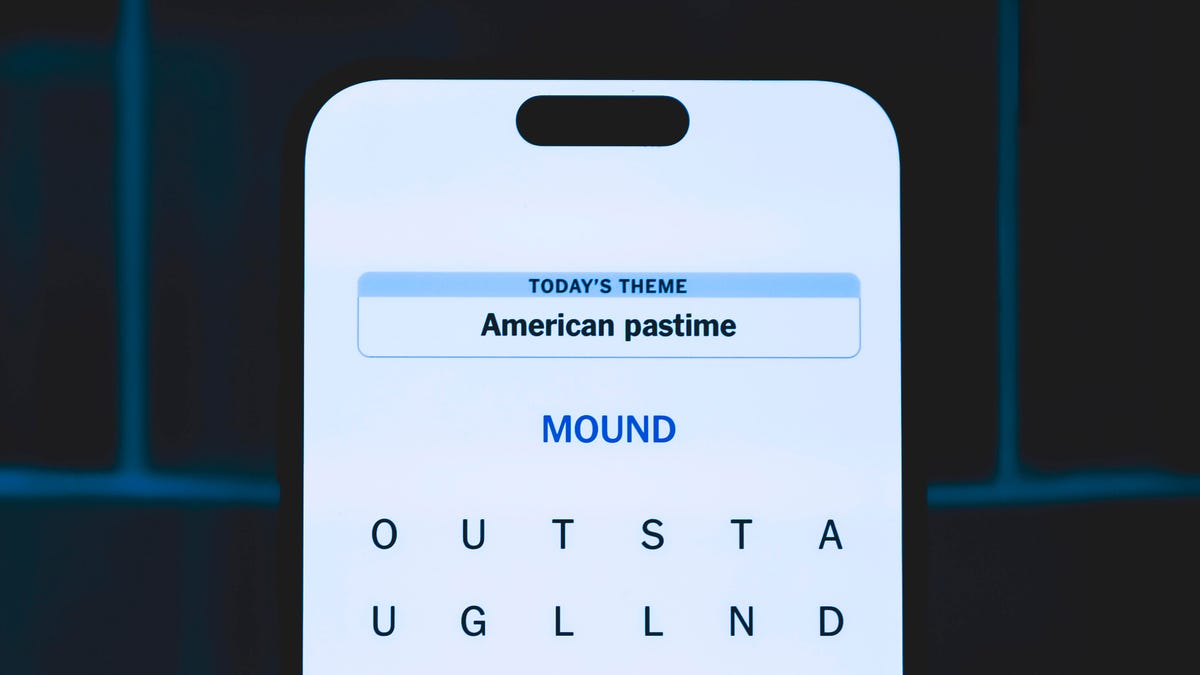
Looking for the most recent Strands answer? Click here for our daily Strands hints, as well as our daily answers and hints for The New York Times Mini Crossword, Wordle, Connections and Connections: Sports Edition puzzles.
Today’s NYT Strands puzzle is pretty tricky. If you’re not familiar with certain superstitious beliefs, you might not find all the answers. And some of the answers are difficult to unscramble, so if you need hints and answers, read on.
I go into depth about the rules for Strands in this story.
If you’re looking for today’s Wordle, Connections and Mini Crossword answers, you can visit CNET’s NYT puzzle hints page.
Read more: NYT Connections Turns 1: These Are the 5 Toughest Puzzles So Far
Hint for today’s Strands puzzle
Today’s Strands theme is: If all else fails…
If that doesn’t help you, here’s a clue: Don’t tell, it won’t come true.
Clue words to unlock in-game hints
Your goal is to find hidden words that fit the puzzle’s theme. If you’re stuck, find any words you can. Every time you find three words of four letters or more, Strands will reveal one of the theme words. These are the words I used to get those hints but any words of four or more letters that you find will work:
- GLUB, RATS, TARN, DALE, FONT, FOUNT, LASH
Answers for today’s Strands puzzle
These are the answers that tie into the theme. The goal of the puzzle is to find them all, including the spangram, a theme word that reaches from one side of the puzzle to the other. When you have all of them (I originally thought there were always eight but learned that the number can vary), every letter on the board will be used. Here are the nonspangram answers:
- DANDELION, STAR, COIN, FOUNTAIN, LADYBUG, EYELASH
Today’s Strands spangram
Today’s Strands spangram is MAKEAWISH. To find it, start with the M that’s three letters down on the far right, and wind backwards.
Technologies
Today’s NYT Connections Hints, Answers and Help for Nov. 28, #901
Here are some hints and the answers for the NYT Connections puzzle for Nov. 28, #901.
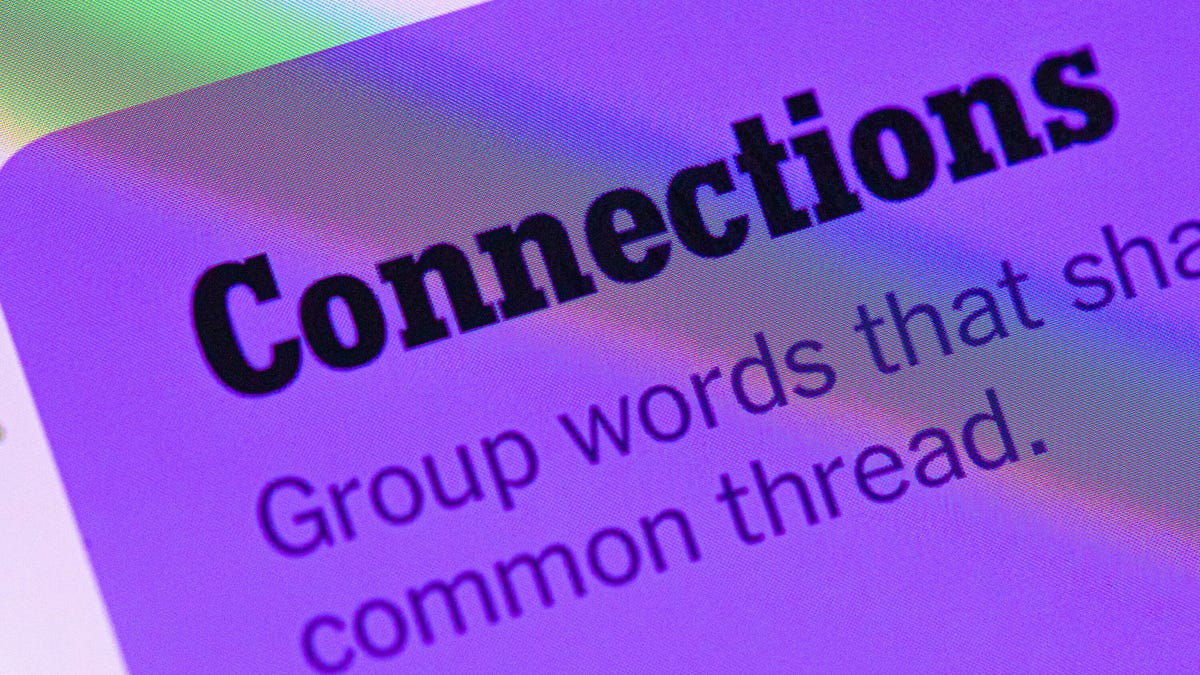
Looking for the most recent Connections answers? Click here for today’s Connections hints, as well as our daily answers and hints for The New York Times Mini Crossword, Wordle, Connections: Sports Edition and Strands puzzles.
Today’s NYT Connections puzzle is kind of tough. If you need help sorting the answers into groups, you’re in the right place. Read on for clues and today’s Connections answers.
The Times now has a Connections Bot, like the one for Wordle. Go there after you play to receive a numeric score and to have the program analyze your answers. Players who are registered with the Times Games section can now nerd out by following their progress, including the number of puzzles completed, win rate, number of times they nabbed a perfect score and their win streak.
Read more: Hints, Tips and Strategies to Help You Win at NYT Connections Every Time
Hints for today’s Connections groups
Here are four hints for the groupings in today’s Connections puzzle, ranked from the easiest yellow group to the tough (and sometimes bizarre) purple group.
Yellow group hint: Appropriate.
Green group hint: I win!
Blue group hint: Musical instrument.
Purple group hint: Time to talk.
Answers for today’s Connections groups
Yellow group: Fitting.
Green group: Achieve victory over.
Blue group: Parts of an electric guitar.
Purple group: Phonetic elements of speech.
Read more: Wordle Cheat Sheet: Here Are the Most Popular Letters Used in English Words
What are today’s Connections answers?
The yellow words in today’s Connections
The theme is fitting. The four answers are fair, just, proper and right.
The green words in today’s Connections
The theme is achieve victory over. The four answers are beat, best, take and worst.
The blue words in today’s Connections
The theme is parts of an electric guitar. The four answers are fret, peg, pickup and string.
The purple words in today’s Connections
The theme is phonetic elements of speech. The four answers are intonation, loudness, rhythm and stress.
Technologies
Anker’s New MagSafe Car Mount Keeps Your Phone Cool While Charging, and It’s 30% Off for Black Friday
Get wired-like charging speeds and MagSafe compatibility with Anker’s wireless car charging bundle for $62.99.
Black Friday is the best time of the year to upgrade the little essentials that make your everyday tech life more pleasant. I’ve found the perfect deal to amp up the phone charging setup in your car. This Anker MagSafe wireless car charging bundle is 30% off for the holidays, and it gives your iPhone a fast and steady way to power up while you navigate. It delivers up to 25-watt wireless charging speeds and with onboard active cooling, your phone stays comfortable to the touch.
Get it now for $62.99 verses the list price of $89.99.
What sets this charger apart is that its performance and cooling tech is built into a surprisingly compact package. The stand uses an ultra-strong Qi2 magnetic lock to keep your phone secure through bumps and turns. You can even tilt the mount and switch between portrait and landscape modes for navigation without blocking the view. The bundle has everything you need to get started including a 60-watt dual-USB-C charger, an adequately long USB-C cable, and cable organizers for a clean setup. Anker also includes a two-year warranty for peace of mind.
If you are getting your car prepped up for driving to a holiday vacation or just need a faster charging mount for your daily commute, this deal makes a lot of sense. CNET’s experts are also tracking more Black Friday and Cyber Monday picks across Apple products, headphones, and more, so you can score more savings before the sales season wraps up.
MOBILE DEALS OF THE WEEK
-
$749 (save $250)
-
$475 (save $175)
-
$499 (save $300)
-
$900 (save $400)
Why this deal matters
A high quality charger is a great addition to any car to speedily top up your phone on the go. You will especially want to look out for options from a top-tier brand like Anker for its fast charging speeds and reliability. This Black Friday deal is an excellent opportunity to save big on a staple car accessory. With holiday shopping heating up and tech accessories being one of the most popular categories, we expect the deal to sell out quick. So don’t wait too long before jumping on it.
Don’t miss any of our unbiased tech content and lab-based reviews. Add CNET as a preferred Google source.
Join Our Daily Deals Text Group!
Get hand-picked deals from CNET shopping experts straight to your phone.
By signing up, you confirm you are 16+ and agree to receive recurring marketing messages at the phone number provided. Consent is not a condition of purchase. Reply STOP to unsubscribe. Msg & data rates may apply. View our Privacy Policy and Terms of Use.
-

 Technologies3 года ago
Technologies3 года agoTech Companies Need to Be Held Accountable for Security, Experts Say
-

 Technologies3 года ago
Technologies3 года agoBest Handheld Game Console in 2023
-

 Technologies3 года ago
Technologies3 года agoTighten Up Your VR Game With the Best Head Straps for Quest 2
-

 Technologies4 года ago
Technologies4 года agoBlack Friday 2021: The best deals on TVs, headphones, kitchenware, and more
-

 Technologies4 года ago
Technologies4 года agoVerum, Wickr and Threema: next generation secured messengers
-

 Technologies4 года ago
Technologies4 года agoGoogle to require vaccinations as Silicon Valley rethinks return-to-office policies
-

 Technologies4 года ago
Technologies4 года agoOlivia Harlan Dekker for Verum Messenger
-

 Technologies4 года ago
Technologies4 года agoiPhone 13 event: How to watch Apple’s big announcement tomorrow
